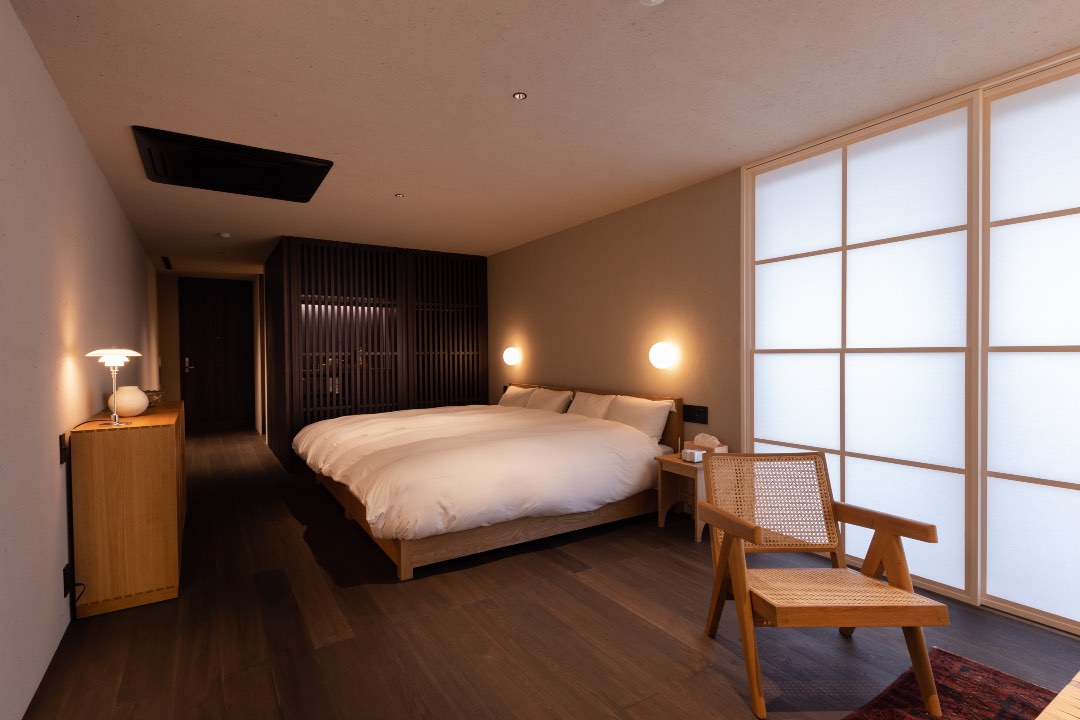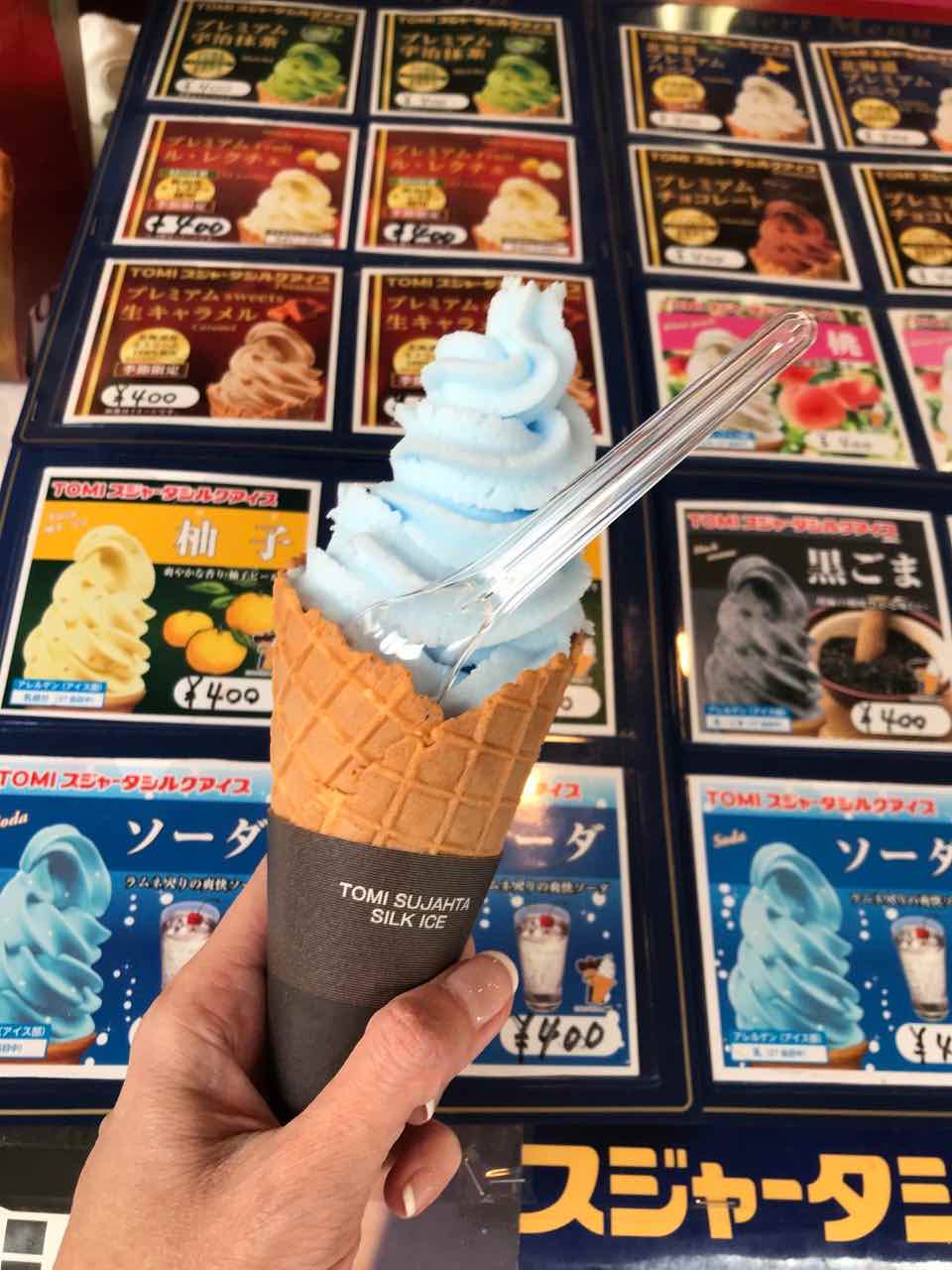How Tokyo has slipped through my fingers for more than four decades.
During childhood visits to California, the connecting flight from Manila to Honolulu or San Francisco and vice versa for return flights home was through Tokyo. I remember the excitement I felt whenever we would land at that airport only to realize yet again that it was just another connecting flight and there was absolutely no chance of walking the streets of Tokyo even for just a few minutes. Years later as a young adult, the cycle continued and the dream of meeting Tokyo evolved, including the desire for an avant-garde haircut followed by a day of shopping in the city’s most chic district.
Wanderlust’s lure
And so it was an invitation that was both easy and difficult to accept. Who wouldn’t want to visit Japan after seemingly infinite quarantines and lockdowns that have at last led us to this state of insatiable thirst for adventure that only travel and exploration can quench? And yet on the other side of wanderlust’s lure lies a stark reality that most working parents face and a question from my mind loudly asks, begging to know how I shall fulfill my obligations to both family and profession while nearly two thousand miles away for a work trip?
READ ALSO: Spirited Away: Japan’s Highly Anticipated Ghibli Park Opens To The Public
The answer revealed itself in the next five days that followed through insights and lessons learned: it is indeed possible to fulfill obligations to both family and profession during a work trip abroad. How? First, by setting aside time for planning before the trip to prepare for my absence. Second, by practicing the art of momentism: embracing being fully present in the here and now.
And so wanderlust wins and here’s what five days, four hotels, and seven restaurants in Japan looks like as we journeyed through Nagoya to Gifu, Toyama to Kanazawa, and finally, Tokyo.
Maruya Honten – Central Japan International Airport, Nagoya
We had our first bite of authentic Japanese cuisine just minutes after landing at the Central Japan International Airport, Nagoya in a restaurant named Maruya Honten.

I was both puzzled and pleasantly surprised by how much I loved the main course of unagi (eel) which I am not usually fond of. Each bite of it served with the hot and steaming Japanese rice felt like comfort food that warmed my belly. What a wonderful start to what would be a glorious gustatory experience!
Nipponia Hotel and Paper Store at Mino City, Gifu Prefecture
Nipponia Mino Merchant Town was originally a merchant’s residential villa converted to accommodations and washi specialty store (washi is a traditional Japanese style of paper).

To my delight, the Nipponia Hotel lobby doubled as an art gallery adjacent to the Washi-nary, a paper specialty store specializing in raw paper.

The main building of the mansion houses three rooms including a garden tea ceremony room while the warehouse building also includes three rooms—the vault warehouse, raw materials warehouse, and tool warehouse—all transformed into modern and relaxed spaces while retaining their original stately ambience. I especially loved the generous space of my own guest room that featured a bedroom with two beds, a spacious living area with tatami mats, and the customary low table and seats that I lounged in while immersing myself in my writing work. The entire space exuded understated elegance, even the bathroom which was beautifully fitted with a wooden bathtub and an outdoor view of a private zen garden. Heaters were provided in the living area, bedroom, and bathroom—much needed luxuries during winter where the temperature dropped to two degrees during the time of our trip.
Asadaya – Mino, Gifu
Dinner was just a quick walk from Nipponia in Asadaya restaurant. Fortunately so, as my body was still acclimating to the winter air. I was amazed to learn that Asadaya was established 104 years ago. Serving Kaiseki cuisine that allows one to enjoy all four seasons through the senses, Asadaya uses water from the Nagara River system as well as seasonal ingredients sourced locally all over the country, combining inherited and Kyoto cooking techniques.

Indeed, the course menu was a feast for all the senses, with the very first—a cold salad with fresh crisp greens topped with a light cream sauce all served in an edible and adorable persimmon cup—stealing the show.

It was interesting to note that tempura is served with matcha sea salt on the side, instead of dipping sauce.
After walking back to Nipponia Hotel–and perhaps it was the cold and crisp winter–I felt energized enough to write two articles for Lifestyle Asia’s website.

This was followed by a well-deserved hot and steamy, slow and luxurious soak in Nipponia’s wooden bathtub that melted away all the exhaustion accumulated by the first day of our travels—a luscious prelude to a deep and precious uninterrupted sleep.
Yamakoshi – Shirakawa-go
Our second day took us about an hour and a half away from Mino City to Sobasho Yamakoshi. It is a soba buckwheat restaurant famed for using homemade buckwheat from which freshly cooked buckwheat noodles are made, ground with a stone mill.

Needless to say it was the most exciting bowl of soba I’ve ever tasted, paired perfectly with a dish of sweet potato and mushroom tempura. Again, tempura was served without dipping sauce, this time with a side of sea salt.
Rakudo-An Art Hotel – Tonami, Toyama
What a warm welcome we were given at Rakudo-An Art Hotel in Tonami, Toyama Prefecture, a new hotel that just opened in October 2022.

The property, which is surrounded by rice paddies, only has three rooms, creating an ultra-exclusive experience.

The warm welcome I mentioned comes from the extraordinary authentic tea ceremony by tea master Ms. Eiko Kokubo. We learned that the tea ceremony is deeply rooted in Toyama Prefecture, the second largest tea ceremony population rate in Japan.

The number one spot belongs to the neighboring prefecture of Ishikawa. Because of this, many tea utensils and Japanese sweets are produced by traditional industries. The popularity of the tea ceremony began when the third Lord of the Maeda family of the Kaga clan, Toshitsune, invited the fourth generation of the Urasenke school, Sen Soshitsu to Kanazawa in Ishikawa Prefecture.

We experienced their tea ceremony, learning the Japanese sensibility of appreciating and enjoying the changes of the seasons and our relationship with nature, which the tea ceremony values, through a simple Bon-Temae style done at a table and chair, guided by a Yabunouchi-ryu or Urasenke teacher.

It was intriguing to witness Ms. Kokubo’s slow but purposeful movements like how she deliberately folded a red piece of cloth and then later, whisked the matcha and water with intent. It makes me wonder still what the meaning and relevance is behind each purposeful gesture. No where else have I tasted such a perfectly created cup of matcha green tea, served with superb Toyama sweets–truly an unforgettable experience. Learn more about the tea ceremony here.
The evening continued with a tasting menu at il clima, Rakudo-An’s Italian restaurant, helmed by Chef Yudai Ito.

An adventure in itself, the multi-course dinner served such beautifully plated works of art, it was difficult to actually dig into them without feeling destructive.

I relished my after-dinner, pre-slumber visit to the library, a hidden quaint and quiet nook on one side of the lobby which houses a delicious selection of books all tucked away neatly in a bookshelf.

I didn’t feel the hours slip by as I indulged by flipping leisurely and slowly through the elegant pages of Rei Naito’s The Emotion of Belief, Being Given, and Mirror Creation.

Sleep would soon call and I reluctantly packed away the books back into the shelf and retired for the night.

It was easy to flow into sleep mode after a relaxing and hot bath, pampered by Rakudo-An’s bespoke toiletries.
Saryou Nicoca – Takaoka
On day three, we headed to Takaoka, approximately 17 minutes away from Tonami to dine in Michelin one-star restaurant Saryou Nicoca where we made new memories through another gastronomic experience.

It was an impressive course menu, famed for using local, seasonal ingredients, all beautifully presented. Highlights were the tofu paste with garland chrysanthemum, Takaoka persimmon and radish salad, grilled leek with miso, Himi barracuda sushi on a stick, home-made turnip sushi and ginkgo nut.

Dessert offered a superb ending of a light brown sugar pudding topped with strawberries with the silkiest texture balanced with perfect sweetness.
Fusion21 – Kanazawa
Our fourth day brought us to Fusion21 for lunch–a lovely dining space within 21st Century Museum of Contemporary Art, Kanazawa.
Below is a photograph of the starters I slowly and mindfully assembled myself on a plate shaped like an artist’s palette.

What fun it was to create an artwork of appetizers before digging into my main course. Afterwards, we took a quick tour of the museum and enjoyed a glimpse of Japanese contemporary art which left our hearts longing for more.
Hyatt Centric Kanazawa

Just 2 minutes from the west exit of Kanazawa Station is Hyatt Centric Kanazawa, our home during our stay in Kanazawa.

Surrounded by art shops and restaurants for exploring Japanese cuisine, Kanazawa is a well-preserved historical city known for its Geisha and Samurai districts.

Imayoshi – Tokyo
A bittersweet farewell dinner was our first stop at Imayoshi when we arrived in Tokyo by two and a half hour bullet train from Kanazawa.

It was an absolutely fun evening of heartfelt conversations over a course menu of sushi and three kinds of sake.

I couldn’t ignore the dessert of crunchy and refreshing pistachio ice cream, the perfect palate cleanser.
Hotel Ryumeikan Tokyo – Tokyo
Hotel Ryumeikan Tokyo is known for their hospitality and the tradition of Ryokan Ryumeikan-Honten established over a hundred years ago. We couldn’t have chosen a better hotel to spend our last night in Tokyo–service is top-notch and the location was perfect for the following day’s activities around the city.
Tsukiji Fish Market – Tokyo
Our last day was spent in an early morning visit to Tsukiji Fish Market, guided by Ms. Sachiko Ueda, where we explored the various facets of Japan’s cuisine.

It was the biggest fish market that opened in 1935, holding space for more than 400 vendors offering fresh seafood, the central wholesale market finally relocated to Toyosu in 2018.

It was incredible to experience the heart of Japanese food culture through the mix of wholesale and retail shops and restaurants with culinary trends still emerging and thriving at its original location.

My personal favorites at the Tsukiji Fish Market include the yakitori and chicken skin on skewers in Torito, fire-grilled shrimp at the wagyu stand named Juju sushi and sashimi at Maguroya Kurogin Tsukiji Honten, tamago at Tamagoyaki, matcha cappuccino at MATCHA STAND MARUNI, and the Tomi Sujahta’s soda flavored Silk Ice bought at Marutama Suisan.

We even found some miniature Daruma Dolls at the last minute which I brought home as gifts for my dear ones! The famous Daruma Doll is a Japanese symbol of luck and prosperity.

Tradition says that upon declaring your goal that you wish to achieve you color in one of the doll’s empty eyes, making it black and once you have achieved your goal, you then color in the other eye as a symbol of your achievement.

Read more about the Daruma Doll here.
To learn more about a personalized immersion in Japan’s culture and history, visit Japan National Tourism Organization’s website japan.travel/en/ph/ or follow them on Instagram @visitjapanph. You can also inquire about a customized travel itinerary from Wondertrunk & Co.’s website.
Banner photo courtesy of Rakudo-An Art Hotel in Tonami, Toyama, Japan.





